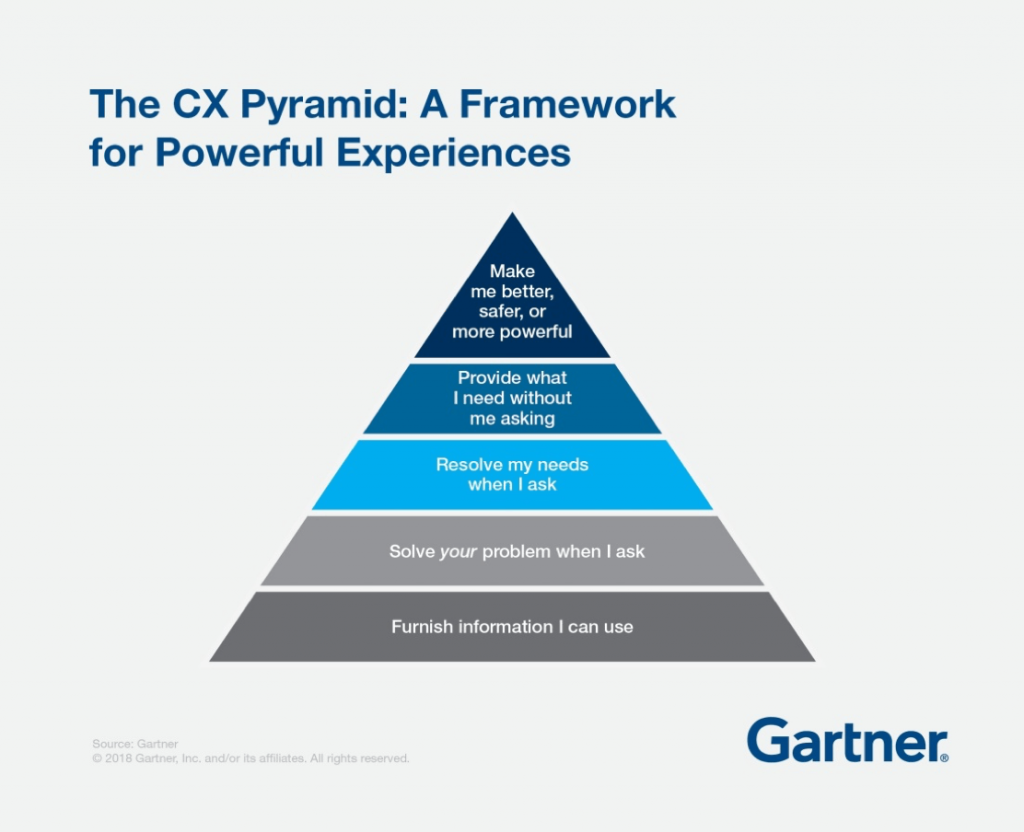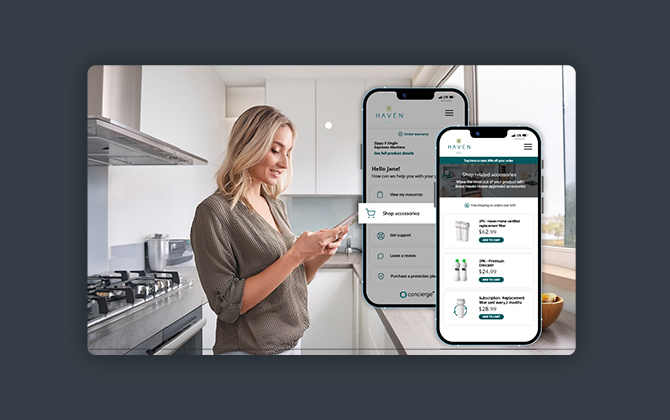Keep your Customers Buying after they Purchase your Product
Post-purchase commerce is one of the easiest ways to unlock new revenue without seeking new customers. In fact, it can be the beginning of a new kind...
OUR SOLUTIONS
OUR TECHNOLOGY

Denver, CO – It’s the “age of the customer” and consumers are reshaping how business is done. Buyers are more demanding and more informed than ever. They expect immediate, personalized responses, and they expect honesty and fairness from the brands they do business with.
It’s no wonder that the customer experience (CX) – we like to call it (OX) for Owner Experience – has become of utmost importance to every B2C company. Yet, for all the “talk” about CX – that is, the strategizing, goal-setting, metric-keeping, and complex programs – not very many companies are succeeding in this area. In fact, a recent Forrester study concluded that among U.S. brands there are no CX leaders. You read that right – no company has risen to the top and continued to improve their CX efforts.
Forrester found that only 13% of brands (“Languishers”) had scored relatively high on the CX Index, but had not improved their score in two years. Another 17% of brands (“Lapsers”) had scores that declined. Brands that don’t do CX well (“Laggards”) accounted for 27%, while the highest percentage, 43%, were dubbed “Locksteppers” for merely keeping pace with their competitors.
If customer experience is the key to brand satisfaction and loyalty – and countless studies show that it is – how can brands do better at CX/OX? How can they meet and even exceed the expectations of customers?
One approach developed by Gartner Research is the “CX Pyramid.” Each of the pyramid’s five levels defines the key elements that make the customer / brand relationship stronger as you move from the bottom of the pyramid to the top.
How can brands elevate their CX/OX toward more powerful interactions? Our own “OXpert,” John Humphrey, offers a few practical tips below that consumer product brands can start with in their pursuit of a more relevant OX.
Brands that have a successful OX today do so by leveraging the channels where their customers are already communicating. It’s proven that most consumers prefer mobile driven experiences, but you don’t have to create a new interface, such as an app, to be successful. Instead, leverage existing communications channels that customers are already familiar with (online, text, chat, email), and simply deliver your messaging through the channels that each product owner prefers.
When evaluating new technology, make sure that it not only offers value to the brand but also to the end customer. For example, by using Photoregister for owner onboarding, brands can provide the most useful information (i.e., how to use a product) at the right time (i.e., when a product buyer first opens the packaging– we call it the “Moment of Truth”). By leveraging technology during this critical time, a brand can realize tremendous value in the relationships they build AND the owner sees immediate value in their experience with the brand.
Typically, product brands that sell via retail channels don’t have a connection to the person who actually purchased and uses the product. However, if you don’t know who your product owners are, you can’t begin to determine their needs and, subsequently, offer a more meaningful OX. Brands that take advantage of the KEY moment of truth to gather information from their product owners can use this data to better serve owners during future interactions.

Post-purchase commerce is one of the easiest ways to unlock new revenue without seeking new customers. In fact, it can be the beginning of a new kind...

One of the biggest challenges for product brands today is simple: knowing who their customers are. This is especially true for brands that sell...

Enhancements to Registria’s OXM Platform allow brands to improve post-purchase interactions by better personalizing the experiences they offer...